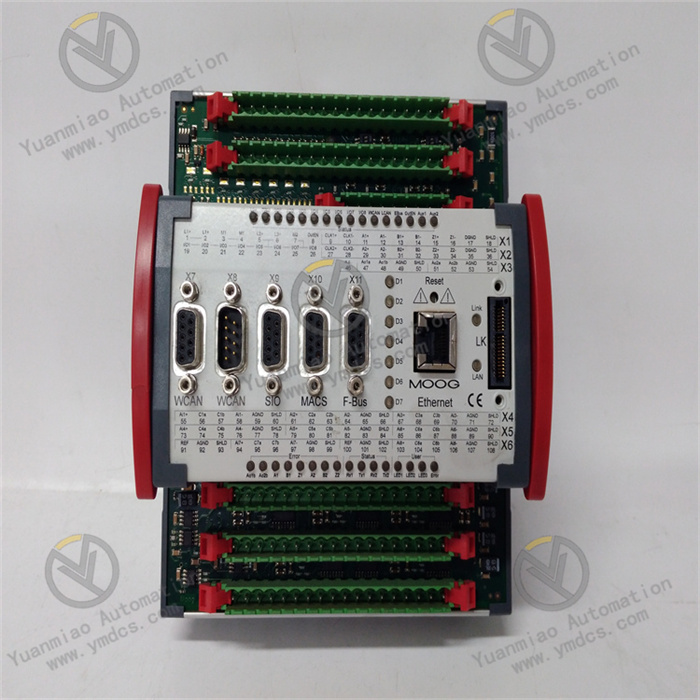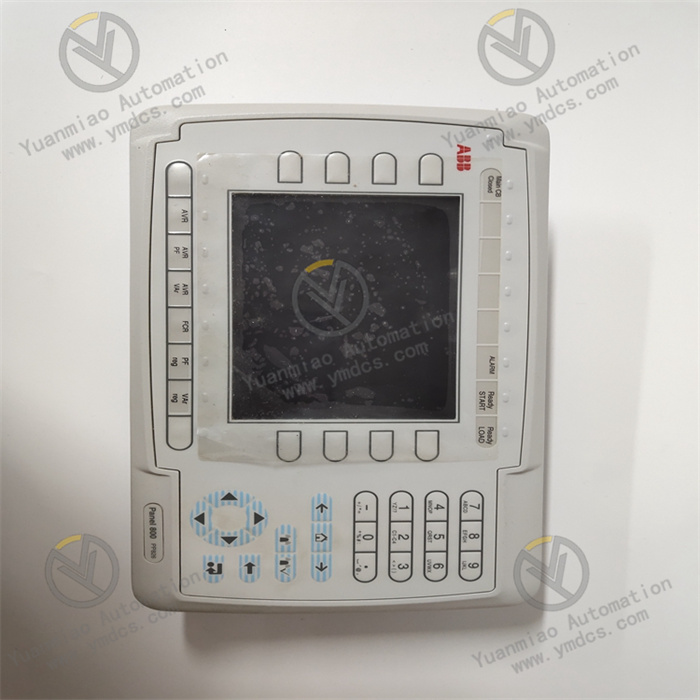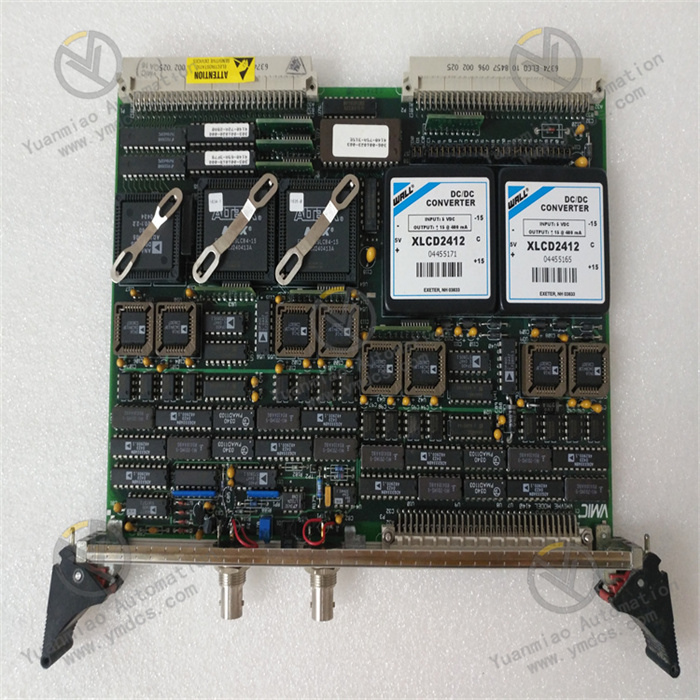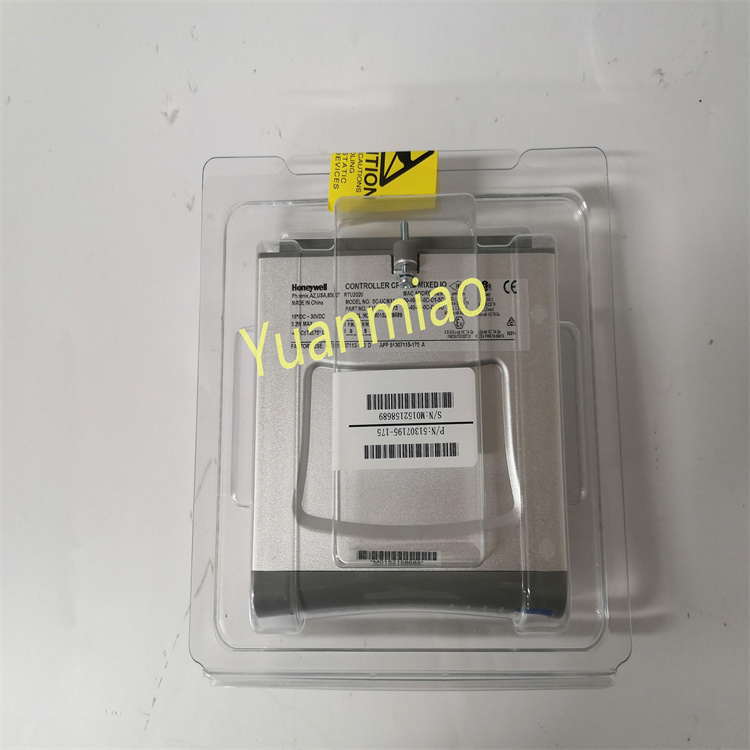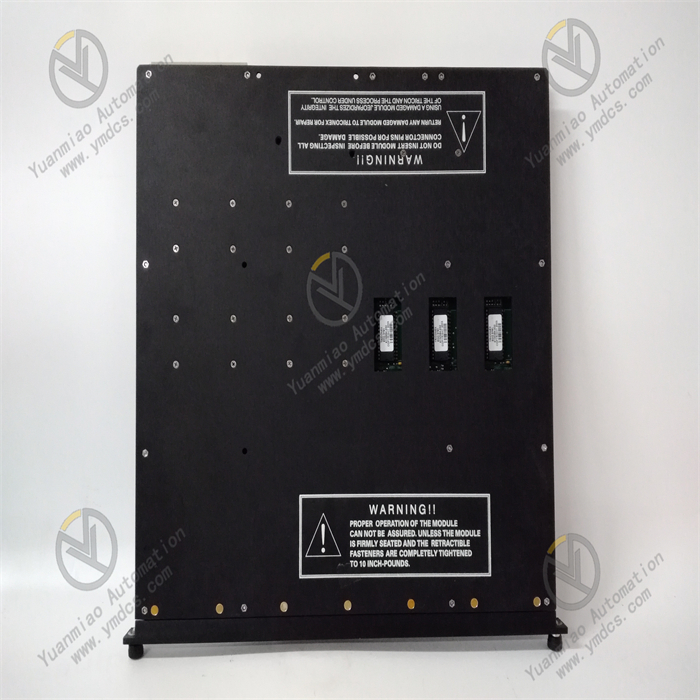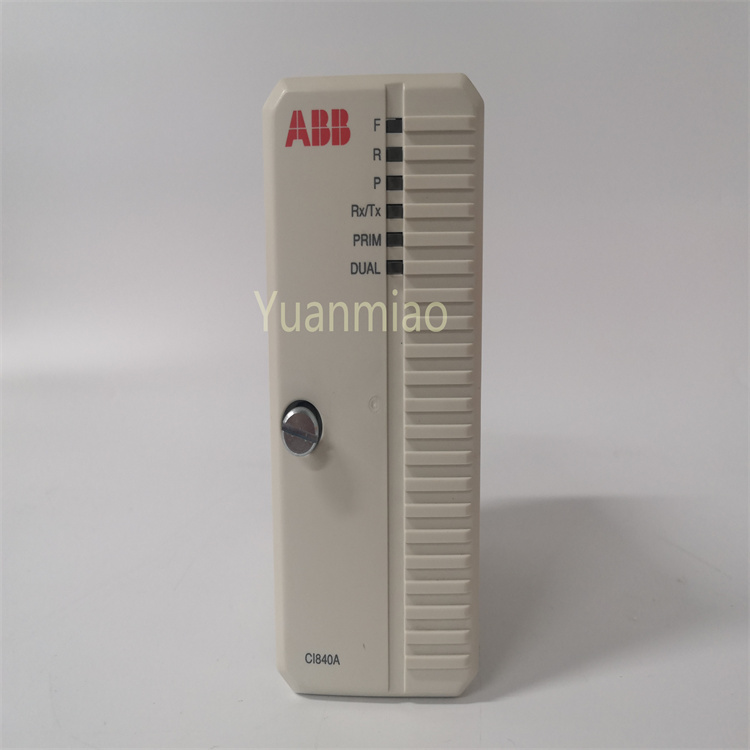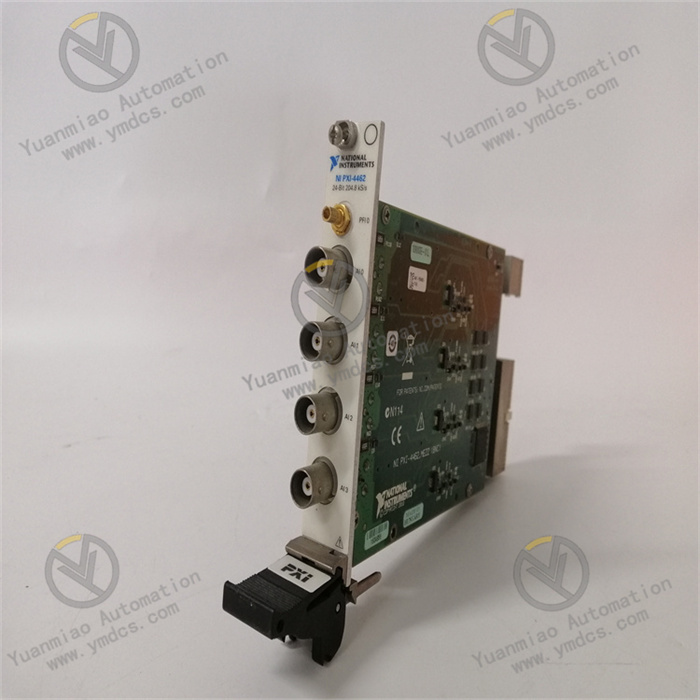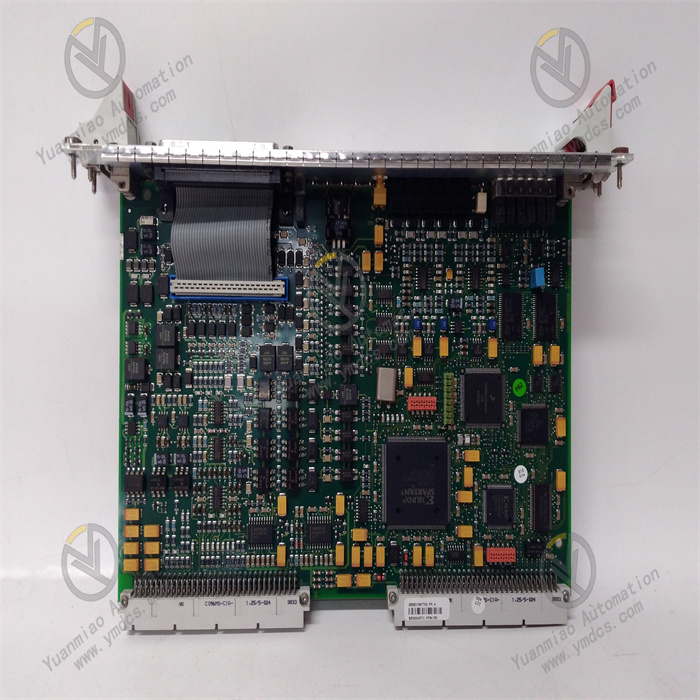Description
The Hydran 201Ti is a small on-line early warning transmitter. It is permanently mounted on the transformer and will provide personnel with a single reading in ppm of a composite value of various fault gases to alert them to a potential issue. This value can be downloaded and alarms can be set at pre-determined levels to alert personnel and enable monitoring of the developing fault condition. Applications • Small and medium sized transformers. • Lower risk and/or consequence of failure. • Ideal for Transmission transformers. • Much better than relying on manual oil sampling.
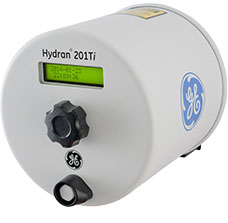
Benefits
• Real-time single composite fault-gas measurement system.
• Local and remote alarms set at pre defined levels or on rate of change.
• Remote visibility of the gas reading and trend via serial port communication.
• Easy to install on a single valve.
• No moving parts, no pumps and no extra piping required.
• No field calibration required.
Features
• Composite gas sensor which responds 100%
to Hydrogen (general fault gas) and is sensitive
to Carbon Dioxide (overheated paper).
• LCD display.
• RS-485 connection as standard.
• Modbus or Hydran protocols available.
• Vacuum-resistant gas extraction membrane.
• Full system self test and self-diagnostics.
• Local logging of data and significant events for up to a year.
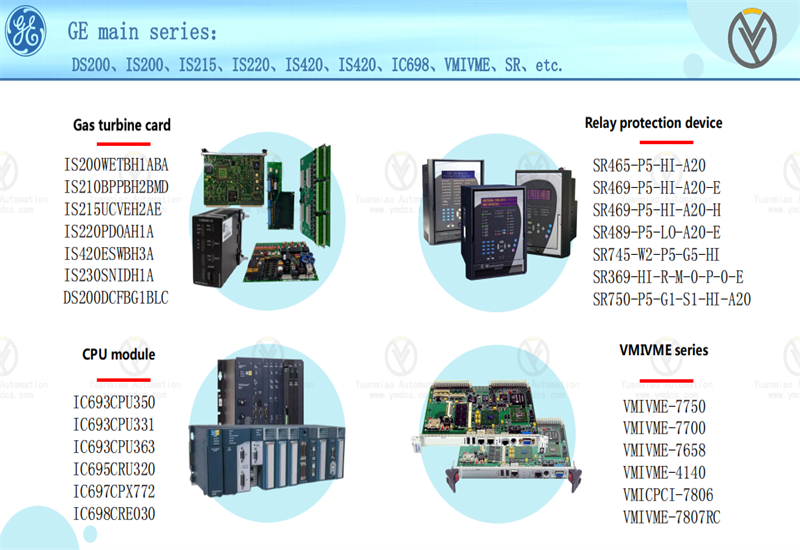
The working principle is as follows:
Gas Detection Principle
Sensor Operation: The composite gas sensor of the H201Ti adopts fuel cell technology, which has a 100% response to hydrogen. At the same time, it can also respond to gases such as carbon monoxide (from overheated paper), acetylene (from arcs), and ethylene (from overheated oil). When these gases come into contact with the sensor, a chemical reaction occurs inside the sensor, generating an electrical signal. For example, hydrogen undergoes an oxidation reaction in the fuel cell sensor, producing hydrogen ions and electrons. The movement of electrons forms an electric current, and the magnitude of the current is proportional to the concentration of hydrogen. By measuring the current, the content of hydrogen can be determined. For gases such as carbon monoxide, acetylene, and ethylene, electrical signals related to their respective gas concentrations are also generated through similar chemical reaction mechanisms.
Measurement and Analysis: After the sensor converts the detected gas concentration into an electrical signal, the microprocessor inside the instrument will process and analyze these electrical signals. It can convert the electrical signals into corresponding gas concentration values and compare them with the preset thresholds. At the same time, the microprocessor can also comprehensively analyze the concentration information of multiple gases to determine whether there are potential faults in the transformer, as well as the type and severity of the faults.
Data Communication Principle
Communication Protocol Support: The H201Ti supports Modbus RTU and RS485 communication protocols. Through these communication protocols, it can transmit the measured gas concentration data and the operation status information of the device, etc., to other devices or systems, such as monitoring computers, industrial automation control systems, etc. During the communication process, the data is encoded and transmitted in a specific format to ensure the accuracy and integrity of the data.
Signal Transmission and Reception: The device sends and receives data signals through the RS485 interface. When the H201Ti needs to send data to external devices, the microprocessor packages the processed data according to the format of the Modbus RTU protocol, and then sends out the electrical signals through the RS485 interface. After the external device receives the signal, it decodes it according to the same protocol to obtain the corresponding data. Conversely, when an external device sends commands or configuration information to the H201Ti, the signal is also transmitted through the RS485 interface. The H201Ti receives and parses these signals and executes the corresponding operations.
Sampling Principle
The monitoring unit is installed on a single valve and uses dynamic oil sampling. By utilizing the pressure and flow of the oil itself, the oil sample from the transformer is introduced into the monitor. There is no need for additional pumps or pipelines to connect different valves, which can ensure that the collected oil sample can accurately reflect the actual situation inside the transformer. After the oil sample entering the monitor is processed, it comes into contact with the sensor, enabling the sensor to detect the dissolved gases in the oil.
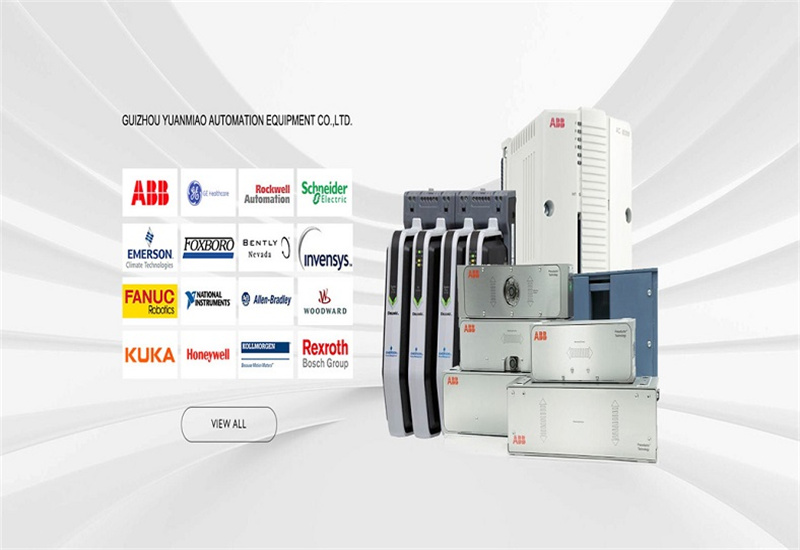
Main brands include: ABB, Bailey, GE, FOXBORO, Invensys TRICONEX, Bentley BENTLY, A-B Rockwell, EMERSON EMERSON, B&R, MOTOROLA, FUANC, REXROTH, KUKA, HONEYWELL, NI, DEIF, Yokogawa, WOODWARD, Ryan, SCHNEIDER SCHNEIDER, Yaskawa, MOOG, EPRO, PROSOFT and other major brands
【 Disclaimer 】 We sell new products and discontinued products, independent channels to buy such special products. Guizhou Yuanmiao Automation Equipment Co., Ltd. is not an authorized distributor, dealer or representative of the products featured on this website. All product names/product images, trademarks, brands and microlabels used on this Website are the property of their respective owners. Descriptions, depictions or sales of products with such names/images, trademarks, brands and logos are for identification purposes only and do not imply any association or authorization with any rights holder. This article is from the official website of Guizhou Yuanmiao Automation Equipment Co., LTD. Please attach this link:http://www.ymdcs.com/GE/


